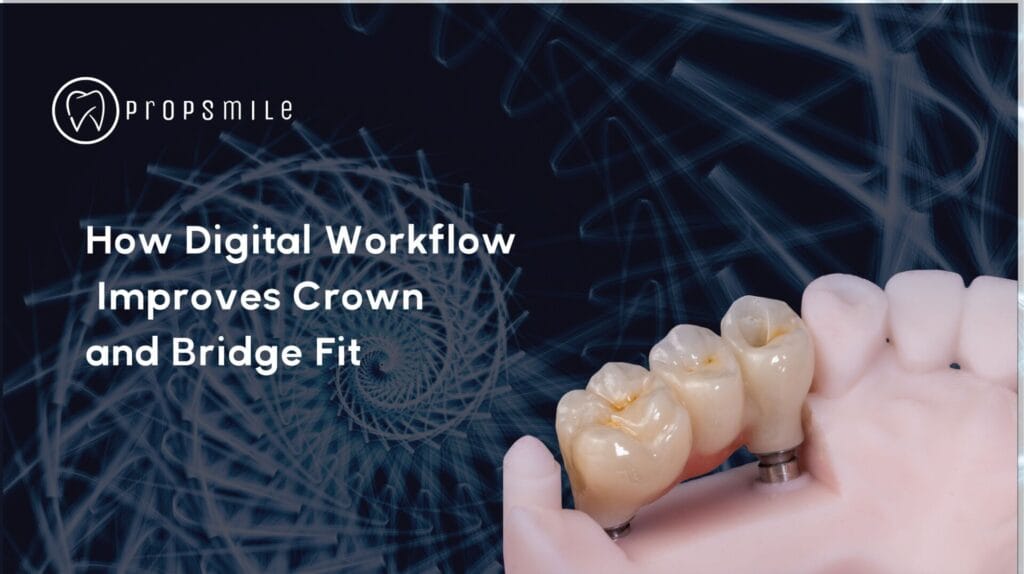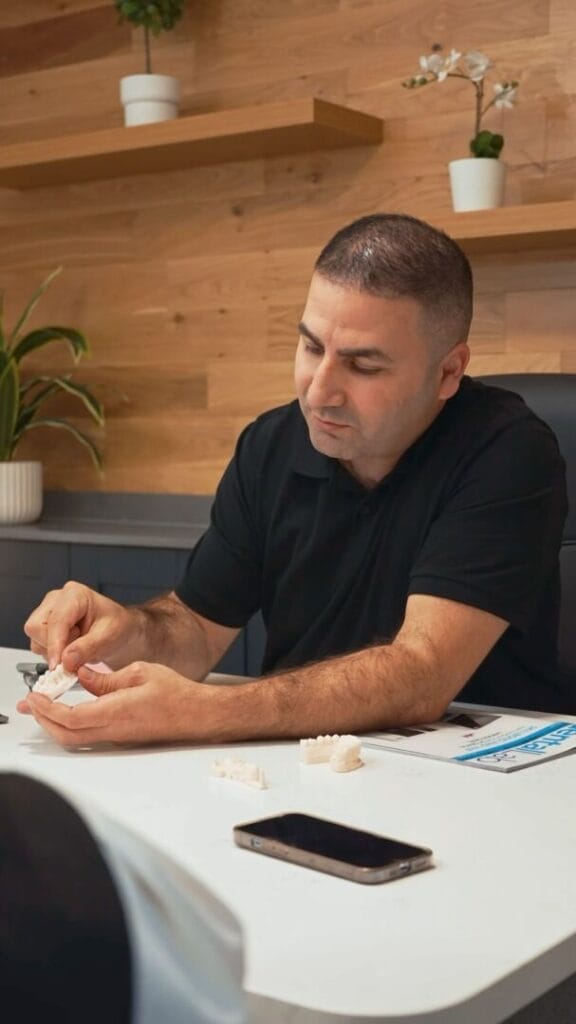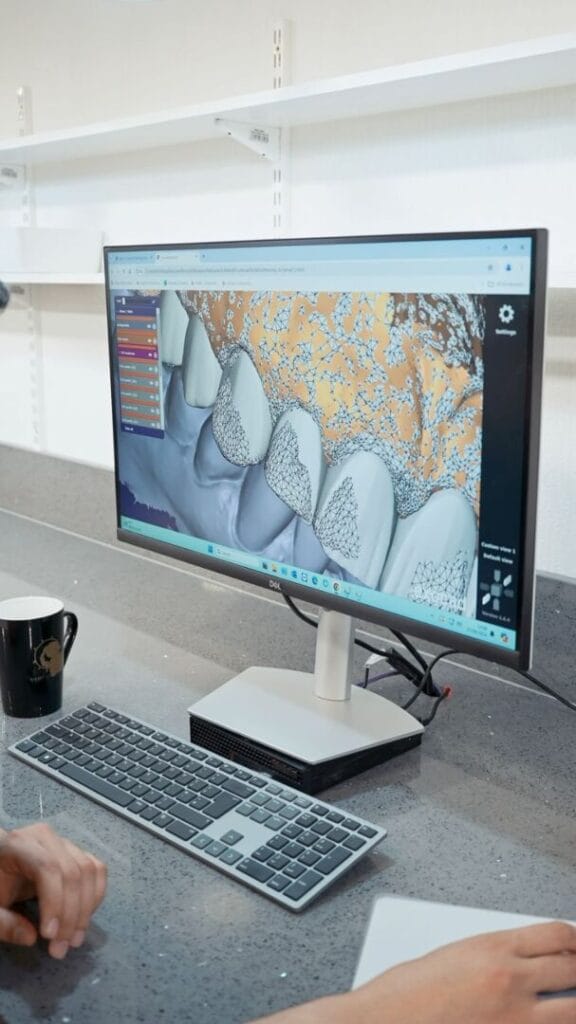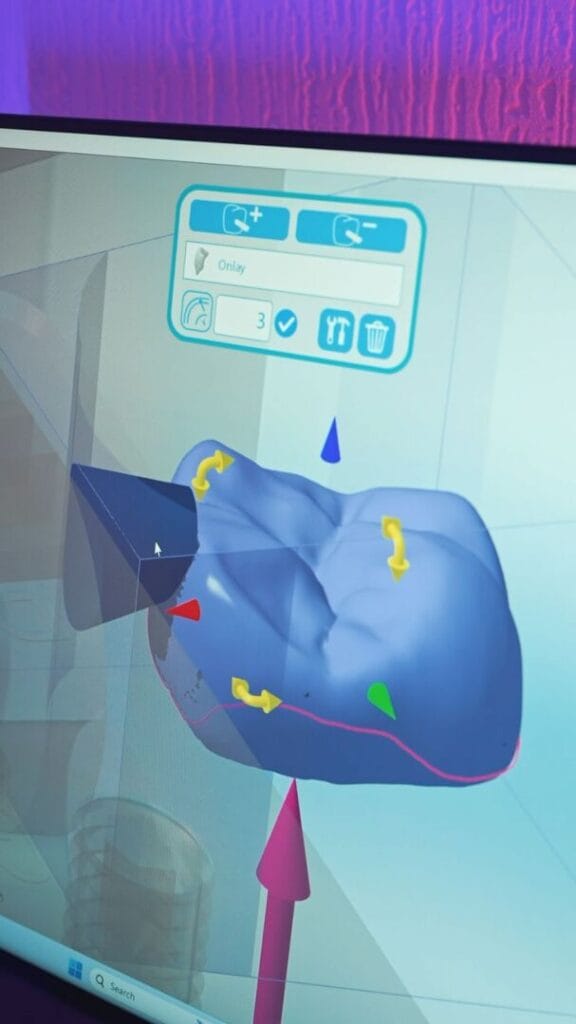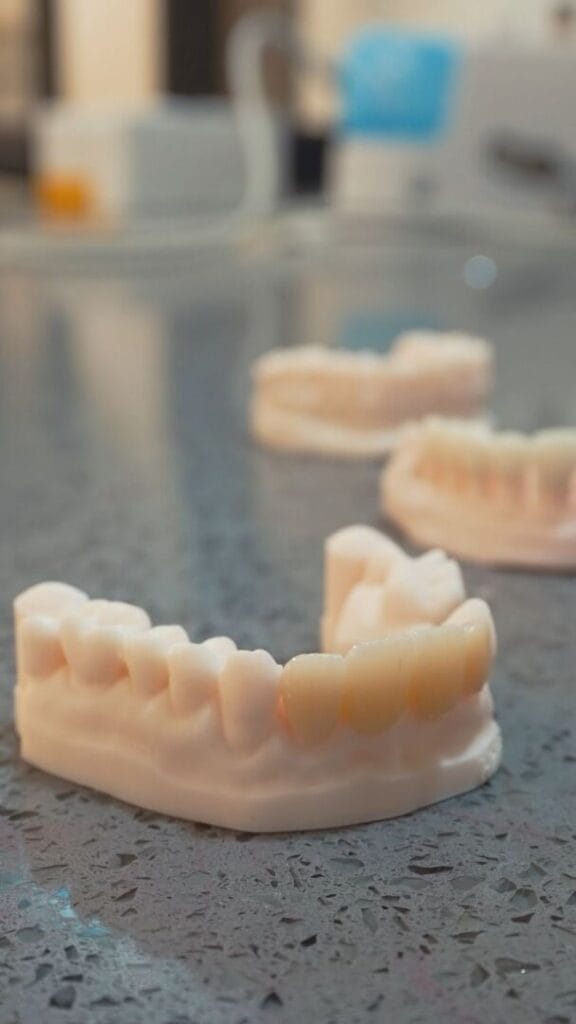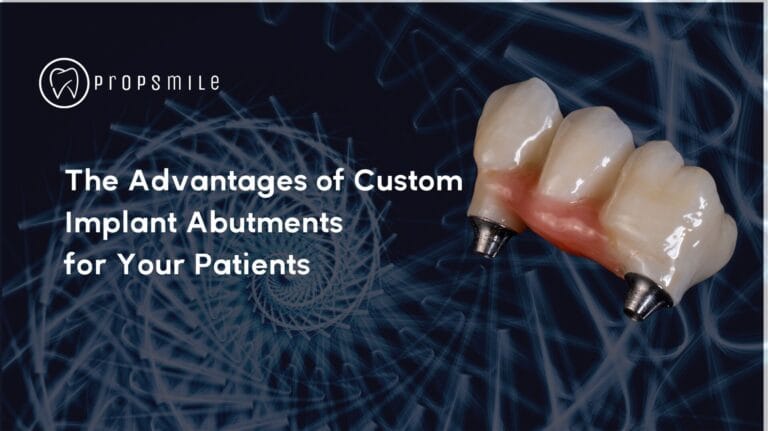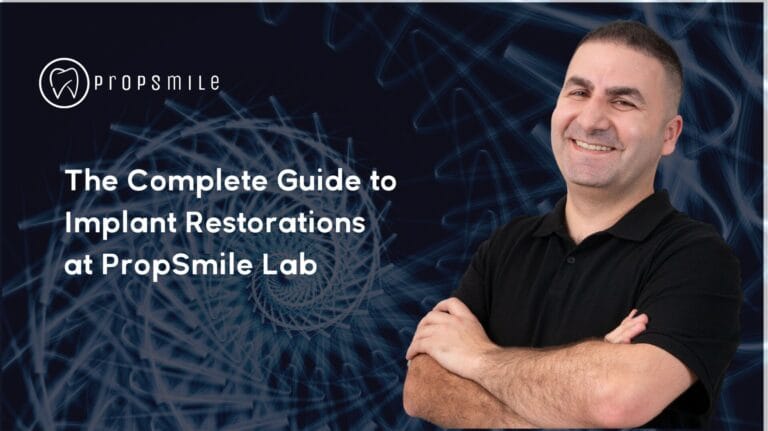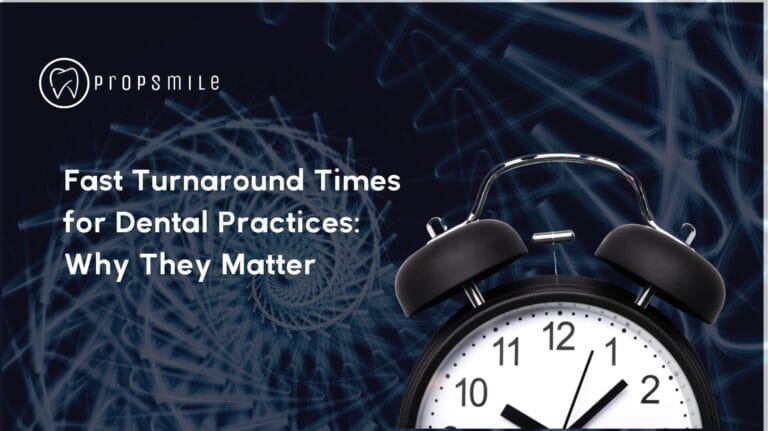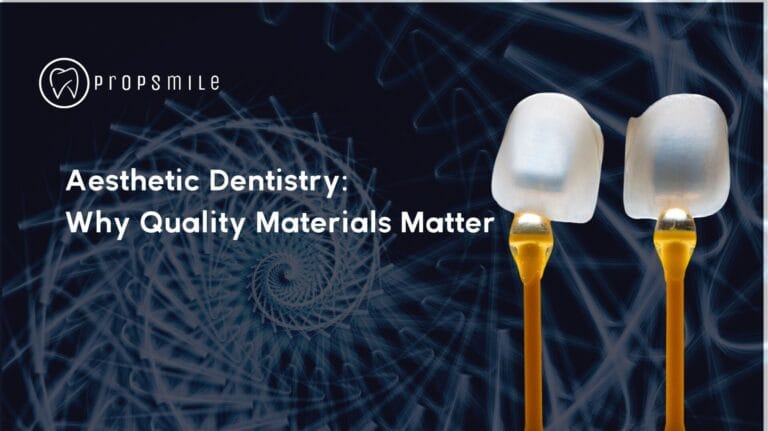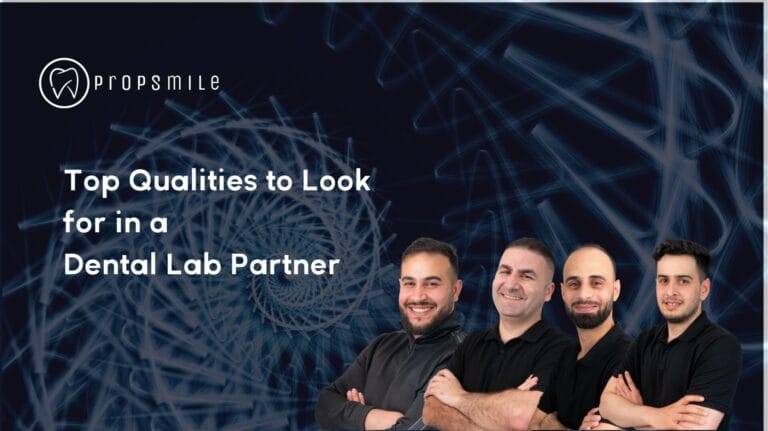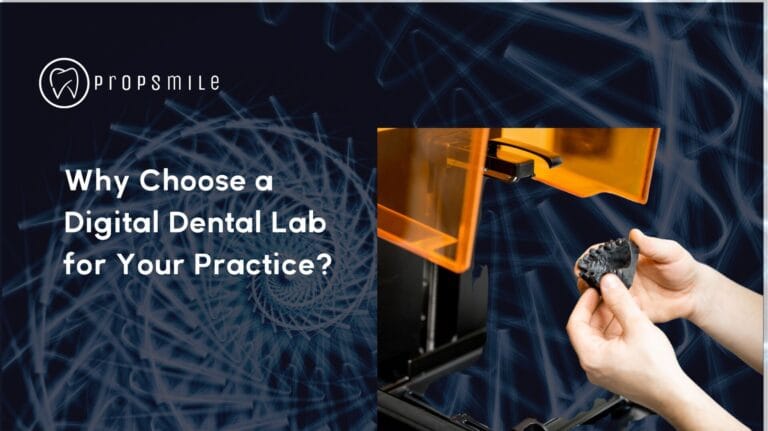Digital Workflow Crown and Bridge: Precision and Efficiency
Digital workflows have become the cornerstone of modern restorative dentistry, providing unmatched advantages over traditional methods. In crown and bridge production, digital workflows eliminate many of the inconsistencies associated with manual processes, ensuring precise fit, aesthetic excellence, and faster turnaround times. By leveraging advanced tools such as intraoral scanners, CAD/CAM systems, and 3D printers, dentists and laboratories can achieve results that meet the highest standards of functionality and patient satisfaction.
1. What Is a Digital Workflow?
A digital workflow in dentistry refers to the use of technology to digitize every step of the treatment process, from impression-taking to the final restoration. This includes capturing data with intraoral scanners, designing restorations using CAD software, and fabricating them with CAM milling or 3D printing technologies.
2. Why Digital Workflow Matters in Crown and Bridge Production
- Improved Fit: Digital workflows significantly reduce errors in crown and bridge fit, ensuring that restorations align perfectly with the patient’s natural dentition.
- Consistent Quality: Automation in the digital workflow ensures consistency, regardless of the complexity of the case.
- Faster Turnaround: Digital tools streamline production, enabling dentists to offer quicker solutions to their patients.
Benefits of Digital Workflows for Crowns and Bridges
The adoption of digital workflows in crown and bridge production has brought about transformative benefits for dental practices, laboratories, and patients. Here are the most significant advantages.
1. Precision and Accuracy
- How Digital Workflows Improve Fit: By capturing highly detailed 3D images, digital workflows ensure that every crown and bridge is crafted to exact specifications. This minimizes adjustments and ensures a seamless fit.
- Examples of Precision in Practice: A study comparing traditional impressions to digital scans found that digital workflows reduced marginal discrepancies by over 50%.
2. Streamlined Communication Between Dentists and Labs
- Digital Collaboration: Digital files can be shared instantly between dentists and laboratories, reducing communication errors and improving case efficiency.
- Real-Time Adjustments: Laboratories can make immediate modifications based on clinician feedback, ensuring the final restoration meets all requirements.
3. Improved Patient Experience
- Comfortable Impressions: Digital workflows eliminate the need for messy impression materials, offering patients a more comfortable experience.
- Faster Delivery: Patients benefit from shorter waiting times, as digital workflows reduce production time.
4. Sustainability and Cost-Effectiveness
- Eco-Friendly Practices: Digital workflows minimize waste by eliminating physical impressions and streamlining material usage.
- Cost Savings: Although initial investment in digital equipment is significant, the long-term savings in materials and time make it a cost-effective solution.
Enhanced Precision and Speed
Digital workflows excel in providing both precision and speed, two critical factors in successful crown and bridge production. By eliminating the manual steps that introduce variability, digital workflows ensure restorations fit accurately and are delivered promptly.
1. How Digital Tools Enhance Precision
- Intraoral Scanners: These devices capture highly detailed images of the patient’s oral cavity, ensuring accurate data collection.
- CAD Software: Computer-aided design tools allow technicians to create precise restorations that perfectly match the patient’s anatomy.
- CAM Milling and 3D Printing: These technologies produce restorations with unparalleled accuracy, reducing the need for adjustments.
2. Speeding Up the Production Process
- Eliminating Manual Steps: Digital workflows replace time-consuming manual processes with automated ones, significantly reducing production time.
- Quick Turnaround for Complex Cases: Even multi-unit restorations can be completed faster, as digital workflows handle complex designs with ease.
3. Real-Life Applications
- Immediate Crowns: Patients with broken or missing teeth can receive same-day crowns, thanks to the speed of digital workflows.
- Efficiency in Large Practices: Dental practices handling high patient volumes benefit from the faster turnaround enabled by digital workflows.
Crown and Bridge Solutions at PropSmile Lab
PropSmile Lab is a leader in digital dentistry, offering state-of-the-art solutions for crown and bridge production. Our commitment to quality, precision, and efficiency sets us apart as a trusted partner for dental practices.
1. Comprehensive Digital Workflow Integration
- Seamless Collaboration: PropSmile’s digital systems enable smooth communication between dentists and our lab, ensuring every case is handled efficiently.
- Tailored Solutions: We customize every crown and bridge to meet the specific needs of each patient, from aesthetic requirements to functional demands.
2. Success Stories
- Aesthetic Excellence: A recent case involving anterior crowns showcased PropSmile’s ability to deliver natural-looking restorations that matched the patient’s teeth perfectly.
- Durability in High-Stress Areas: For posterior bridges, PropSmile utilized zirconia to ensure longevity and resistance to chewing forces.
3. Cutting-Edge Technology
- High-Resolution Scanners: PropSmile uses the latest intraoral and laboratory scanners to capture precise data for every case.
- Advanced CAD/CAM Systems: Our technology ensures that every crown and bridge is designed and fabricated with unparalleled accuracy.
Laboratory Stages in Digital Crown and Bridge Production
The production of crowns and bridges in a digital laboratory involves several key stages, each critical to achieving the final result. At PropSmile Lab, we follow a meticulous process to ensure every restoration meets the highest standards.
1. Data Collection and Digital Impression
- Intraoral Scanning: Dentists capture a digital impression of the patient’s teeth, eliminating the need for physical molds.
- CBCT Imaging: For cases requiring implants, CBCT scans provide detailed information about bone structure and surrounding anatomy.
2. Design and Planning
- CAD Software: Technicians use CAD tools to design the crown or bridge, ensuring it aligns perfectly with the patient’s occlusion and aesthetics.
- Virtual Mock-Ups: Digital models allow dentists to review and approve the design before fabrication.
3. Fabrication
- CAM Milling: High-precision milling machines carve the restoration from a solid block of material, ensuring strength and accuracy.
- 3D Printing: For complex designs, 3D printers create highly detailed restorations with exceptional precision.
4. Finishing and Polishing
- Custom Staining: Technicians add color variations to match the patient’s natural teeth.
- Surface Texturing: Finishing techniques mimic the light-reflecting properties of enamel, ensuring a natural look.
Quality Control: From Digital Design to Final Product
Quality control is an integral part of PropSmile’s workflow, ensuring that every crown and bridge meets our exacting standards.
1. Rigorous Testing Protocols
- Fit Verification: Digital models are checked against the patient’s data to ensure a precise fit.
- Strength Testing: Restorations undergo stress testing to confirm their durability.
2. Continuous Feedback
- Dentist Input: Feedback from clinicians helps us refine our processes and improve outcomes.
- Patient Satisfaction Surveys: We use patient feedback to measure the success of our restorations.
Enhancing Crown and Bridge Precision Through CAD/CAM
CAD/CAM technology is the backbone of digital workflows, offering unmatched precision and efficiency in crown and bridge production.
1. How CAD/CAM Improves Precision
- Accurate Designs: CAD software ensures that every restoration is crafted to exact specifications, eliminating errors common in manual processes.
- Consistent Quality: CAM milling produces restorations with consistent results, even for complex cases.
2. Applications in Practice
- Anterior Aesthetics: CAD/CAM allows for precise shade matching and natural translucency in anterior crowns.
- Posterior Strength: For bridges in high-stress areas, CAD/CAM ensures durability and resistance to wear.
3. Future Potential
- AI Integration: Artificial intelligence is poised to further enhance CAD/CAM workflows, enabling even greater precision and speed.
- Advanced Materials: New materials compatible with CAD/CAM systems promise to expand the possibilities of digital workflows.
Additional Topics
Patient Benefits of Digital Crowns and Bridges
Patients enjoy numerous advantages from digital workflows, including improved comfort, faster turnaround, and long-lasting results.
Future Innovations in Digital Dentistry
Emerging technologies, such as AI and robotics, are set to revolutionize digital workflows, offering even greater efficiency and precision.
Training for Effective Digital Workflow Integration
Comprehensive training programs are essential for dentists and technicians to fully utilize digital workflows, ensuring consistent success.
Additional Topics
The following additional topics provide a deeper understanding of what makes an ideal dental lab partner, focusing on practical considerations like cost-effectiveness, service flexibility, and environmental responsibility.
Cost-Effectiveness Without Compromising Quality
In the dental industry, balancing cost with quality is a crucial consideration. Patients expect high-quality restorations, yet dental practices also need to manage costs to stay competitive. Here’s how to identify a lab that offers affordable solutions without sacrificing excellence.
1. The Role of Automation in Cost Reduction
- Lower Labor Costs: By leveraging automation, digital labs can reduce manual labor requirements. Automated processes streamline production, cutting down on time and cost while maintaining high-quality standards.
- Efficient Use of Materials: Digital workflows allow labs to use materials efficiently, minimizing waste and lowering costs. For instance, CAD/CAM milling ensures that only the necessary amount of material is used, helping labs manage expenses without compromising quality.
2. Competitive Pricing with High-Quality Outcomes
- Comparing Price and Value: A cost-effective lab doesn’t just offer low prices—it provides significant value for the cost. The ideal lab partner should be transparent about pricing structures, ensuring there are no hidden fees or unexpected costs.
- Case Studies of Success: Look for labs that have a track record of offering quality restorations at competitive prices. Case studies or testimonials can give insight into the lab’s ability to provide cost-effective solutions without compromising on the quality that patients expect.
3. Flexible Payment Options and Volume Discounts
- Volume Discounts for High-Order Practices: Some labs offer discounts for larger orders, making it more affordable for high-volume practices. This type of pricing structure benefits practices that have a steady flow of cases and need a reliable lab partner for consistent results.
- Flexible Payment Plans: In addition to volume discounts, look for labs that offer payment flexibility. This can include options like monthly invoicing, financing for larger cases, or deferred payment plans for practices managing high case loads.
Customizability and Flexibility in Lab Services
A dental lab that offers flexible services can support a practice’s ability to provide personalized care. Customizability and flexibility in lab services are essential for practices that handle a variety of cases, from standard restorations to complex aesthetic procedures.
1. Importance of Customization in Dental Restorations
- Meeting Patient Expectations: Patients today have high expectations for personalized treatment, especially when it comes to aesthetic restorations. A flexible lab allows you to select custom shades, specific materials, or particular design elements that align with each patient’s unique needs.
- Case Complexity and Specialized Services: For complex cases—such as full-mouth rehabilitations or implant-supported restorations—flexibility in lab services is critical. A lab that can tailor its workflow for advanced cases offers significant support for practices specializing in intricate procedures.
2. Adaptability for Rush Cases and Special Requests
- Handling Urgent Cases: In dentistry, some cases require expedited service. Look for a lab partner that offers flexibility to prioritize urgent cases, ensuring patients receive their restorations promptly.
- Supporting Special Requests: Patients may have specific requirements or preferences, such as allergy considerations or a preference for a particular material. The best labs accommodate these requests, making adjustments as necessary to meet individual needs.
3. Case Study: Customized Solutions at PropSmile
- How PropSmile Adapts to Client Needs: PropSmile is known for its flexibility in handling special cases, offering customized solutions that meet the highest standards. For example, they provide detailed shade matching for aesthetic cases and use biocompatible materials for patients with sensitivities.
- Working with Your Practice’s Workflow: PropSmile’s flexible services include the ability to adjust to different practices’ workflows, making it easy for dental offices to integrate PropSmile’s services into their daily routines seamlessly.
Sustainability and Environmentally Friendly Practices
As environmental awareness grows, many dental practices are looking for lab partners that prioritize sustainability. Eco-friendly practices are increasingly important to patients, making sustainability a valuable consideration when choosing a dental lab partner.
1. Reducing Environmental Impact Through Material Management
- Eco-Friendly Material Sourcing: A sustainable lab uses materials that are responsibly sourced and considers the environmental impact of each restoration. This may include using recyclable packaging, biocompatible materials, and non-toxic dyes for color matching.
- Waste Minimization: Labs that adopt digital workflows can significantly reduce waste compared to traditional methods. For instance, CAD/CAM technology minimizes material waste by using only what is necessary, and digital impressions eliminate the need for disposable trays and impression materials.
2. Energy Efficiency and Reduced Carbon Footprint
- Energy-Efficient Equipment: Advanced dental labs invest in energy-efficient machinery and lighting to reduce their carbon footprint. High-efficiency 3D printers, milling machines, and LED lighting contribute to a more sustainable operation.
- Green Manufacturing Processes: Some labs have implemented green manufacturing practices, such as using renewable energy sources or recycling materials. Choosing a lab with these practices demonstrates a commitment to environmental responsibility, appealing to patients who value eco-conscious choices.
3. Long-Term Sustainability Goals
- Commitment to Continuous Improvement: The most sustainable labs go beyond initial efforts, setting long-term goals to improve their practices. This can include pledges to further reduce energy consumption, switch to entirely recyclable packaging, or adopt even more efficient machinery over time.
- Patient-Friendly Messaging on Sustainability: By partnering with a sustainable lab, practices can highlight their commitment to environmental stewardship in their patient communications. Many patients appreciate eco-conscious efforts, and choosing a green lab partner can enhance a practice’s reputation.

